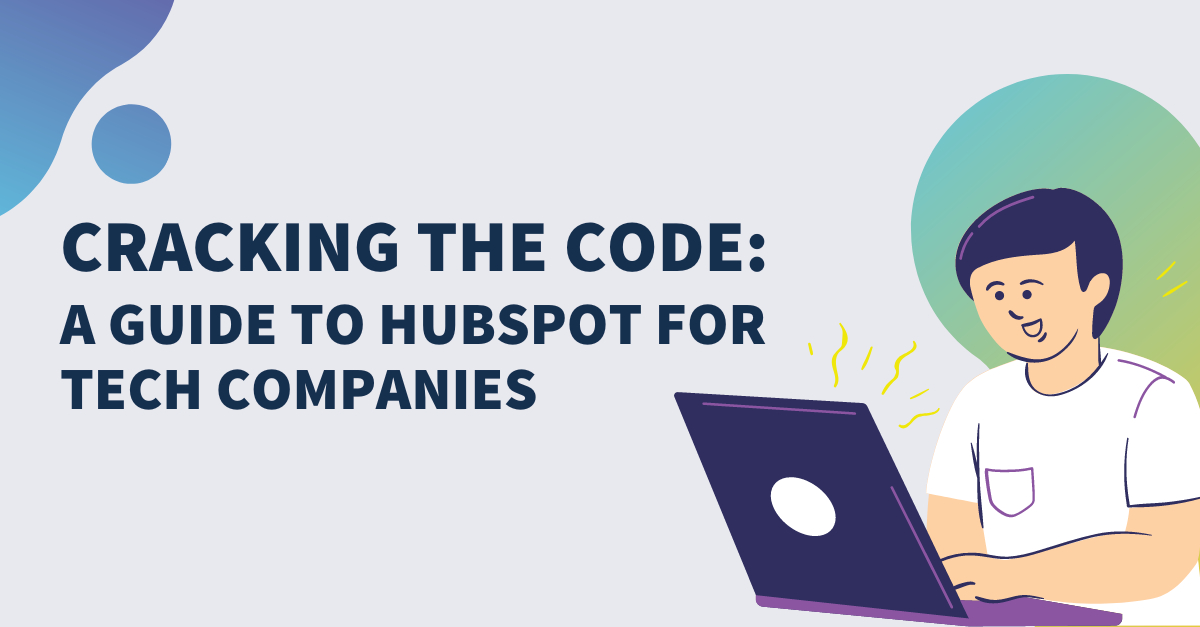Is The Traditional Marketing Funnel Broken?
The traditional marketing funnel that you studied, developed and lived by, is fundamentally flawed.
Your gut reaction to this statement is probably “pffft, not likely.”
You know that your marketing funnel already creates leads, makes sales and contributes to success.
So… what’s the problem?
The marketing funnel, as we know it, dates right back to 1898.
The original ‘purchase model’ was invented by Mr. E. St. Elmo and covered four – now legendary – steps: awareness, interest, desire and action.
 Image by BronHiggs - Own work, CC BY-SA 4.0, https://en.wikipedia.org/wiki/AIDA_(marketing)
Image by BronHiggs - Own work, CC BY-SA 4.0, https://en.wikipedia.org/wiki/AIDA_(marketing)
Although you could argue that longevity is proof of efficacy, there’s one thing that can’t be denied; the marketing landscape looked very different 120 years ago. This was long before the internet existed, and way before marketing was truly global.
An awful lot of marketing folk have attempted to make this method more dynamic by incorporating extra steps – such as ‘re-evaluation’ and ‘re-purchase’ – which attempt to keep your customer firmly sucked into the vortex.
But let’s face it, it’s not the number of steps that’s the problem – it’s the fact that, no matter how you attempt to modernise the funnel with a bunch of extra sub-sections, it still assumes that the customer journey is binary.
They’re either in, or they’re out. They converted, or they didn’t. They progressed down the funnel, or they dribbled out of the side.
A paying customer shouldn’t be the end result of your marketing. In the digital age, a paying customer needs to fuel your marketing.
Here’s three key reasons the traditional funnel is wrong (and you’ll be on our side by the end of it, we promise).
1. Funnels are made to produce customers, but not advocates.
No matter how much you value your customers, the funnel is designed to put a ton of effort into acquiring a customer, before letting them float off into the abyss after that conversion has closed.
Sure, you might hope that they have a good experience and come back for more, but the marketing funnel isn’t geared towards that process. All of your blogs, infographics, videos, webinars, demos – you name it – are geared towards attracting somebody new and pulling them down towards the end goal of a conversion.
That’s a whole lot of energy and time to invest, just to shut the door and start the process all over again.
If you think this seems a little inefficient, you’d be right. But it isn’t just inefficient. By ignoring the customers who have already converted, you’re majorly damaging your business’ potential.
2. Funnels are designed to split your audience in two.
The funnel considers two people – those who have converted, and those who haven’t.
Those who haven’t are still hanging out in your funnel, devouring your marketing efforts; but those who have converted are simply bobbing around outside of the process.
The funnel doesn’t consider the fact that all customers are able to influence each other, and therefore act as a whole.
While you attempt to disrupt potential new customers with your marketing efforts, your entire customer base – old and new - is already talking to each other. If a customer is so impressed with your product that they post about it on Facebook, their private network will see – and potentially, send some of their contacts straight to the ‘desire’ stage of a traditional marketing funnel.
Critically, this won’t touch on the ‘awareness’ or ‘interest’ stages at all – making the linear approach irrelevant. At the same time, this demonstrates how your customers are not in two different categories. Rather, they influence each other significantly.
Which leads us on to…
3. Traditional Funnels don’t take advantage of peer influence.
With so much information at their fingertips, customers are becoming more and more difficult to persuade. The ability to compare and contrast product offerings is only a click away, with user feedback being one of their most powerful decision-making tools.
According to The Wall Street Journal, product review site Trustpilot has published 13 million reviews about more than 100,000 brands. Peer voices are considered impartial, genuine and trustworthy; meanwhile, paid marketing is digested with a healthy dose of scepticism.
In short, your existing customers are talking – and you can’t control that conversation. However, you can listen to their voice and leverage it to your distinct advantage – but to do that, you need something more than what your traditional marketing funnel has to offer.
Those customers that left your funnel? They’re powering your next sale. But how does that fit in to your linear customer journey?
It doesn’t – and it’s stunting your business growth.
It’s time to maximise your existing conversions, by putting these customers at the centre of everything you do.
Inbound marketing and marketing automation leader HubSpot believes that it's time to forget the funnel and meet your new marketing partner – the Flywheel... More on that in our blog 'Broken Marketing Funnels And The Flywheel revolution'





